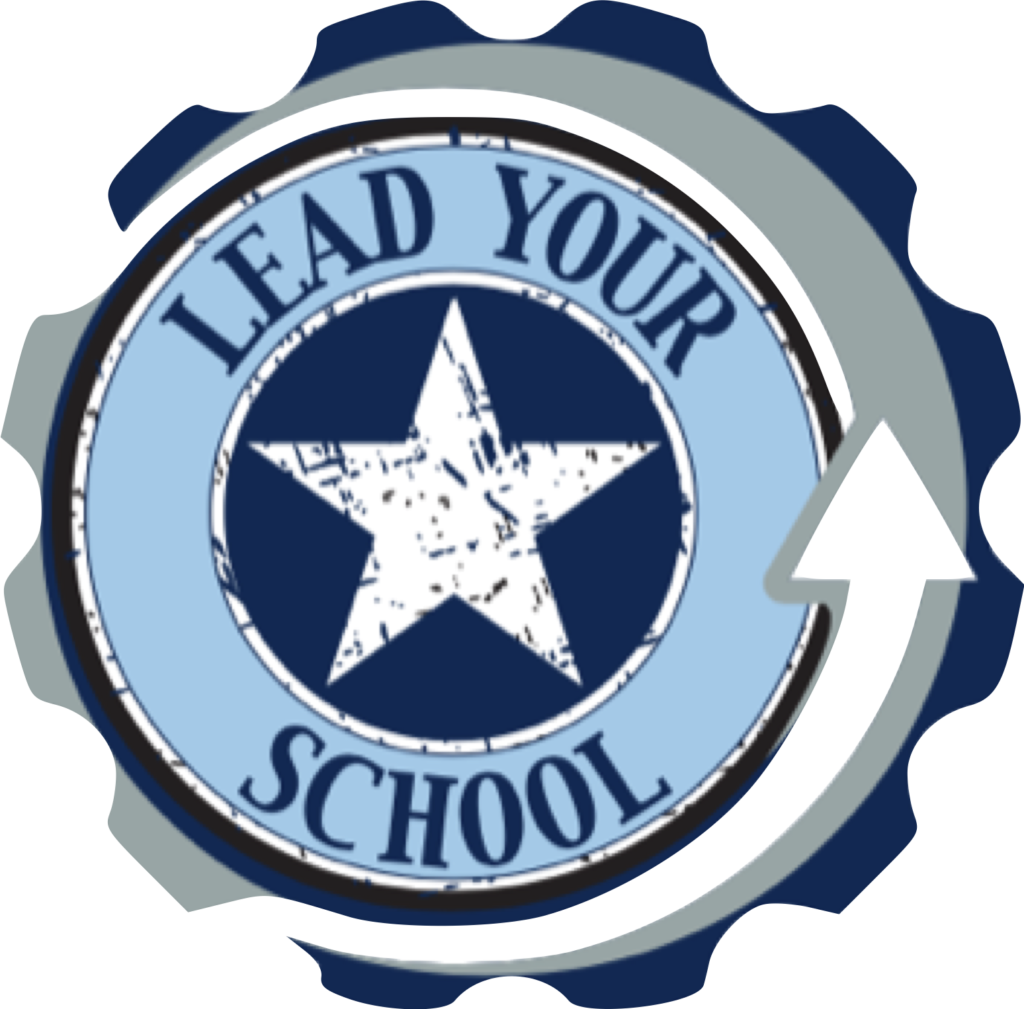To add to the discussion that has revolved around Brezina and Brown (their respective “rules” and advice), a reader writes:
“Yes, there are many types of principals out there, no doubt. What I was trying to tease out is that the only type of principal that counts is the effective principal. If we distill this idea, then perhaps we get these characteristics; the Effective Principal is:
- Is the ultimate and final advocate for the student;
- Engages the faculty, students, parents, and community;
- Is a leader of leaders. By this we mean the principal builds capacity in others and expects them to be engaged;
- Is the biggest cheerleader of, and for, the faculty when they are engaged; and
- Is aware of his district’s and school’s DNA and tempers (not compromises) approaches with patience and tactics.
I am sure I have missed something, but out of all of this Brezina and Brown wisdom, it would be useful to distill the characteristics. At least we would have a guide for self-reflection and discovery.”
SC Response
This is a pretty good start on the list. I have had discussions like this with a number of Principals and Superintendents and Brezina and Brown. I actually have a piece written on “Great Principals,” that I’ll post soon. But, here are two ideas that I have been pondering recently.
1. A critical characteristic of the “greats” versus the “others” is the search for ideas. The first filter is, “Are you actively searching for them?” If you aren’t, you may be a hard worker, but you aren’t on the path to being great. The second filter is, “Where are you looking for them?” The Great Principals look both inside and outside the system for ideas. They are self-sufficient shoppers of the world. Good principals seem to look for answers in just one place, either internally or externally.
2. The 10,000 hour rule (or why there does not seem to be as many great ones). The 10,000 hour rule has been discussed for a while now, most recently by Malcolm Gladwell in the book, “Outliers.” The idea is that it takes 10,000 hours of intense reflection, focused practice and work to develop the insight and experience package to be great. Greatness, it seems, is built by purposeful grinding. From a school year perspective, it would take a minimum of seven years to hit 10,000 hours. But, in reality, due to the mundane elements of work, the minimum time to reach the “great” level (think top-tier professional athlete) is probably around 10 to 12 years. So this answers part of the question, why aren’t there more great ones; there aren’t as many principals that are staying in the position for at least 10 years. But, that doesn’t answer the entire question. Here is what I think. I believe that the external factors can re-set the clock. When the rules change, for example – dramatically increased accountability, it backs everyone up. It may not wipe out all the hours of expertise that was built up, but it takes a big chunk of them. Think of Michael Jordan switching to baseball – gifted athlete, mediocre baseball player.
The clock was re-set and the principals that got their jobs right at the time of the re-set are the ones that are the furthest on the path on the new “great.” They have a head start on the new hires and they were building new skills while the older principals were still trying to adapt old skills (it takes a while to realize that what worked before, now doesn’t work as well). Again, just some ideas I have been pondering.
Think. Work. Achieve.Your turn…

